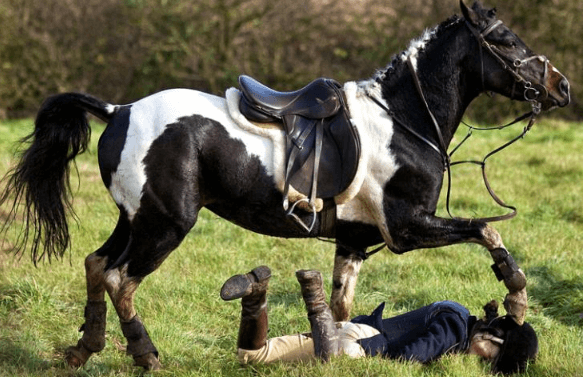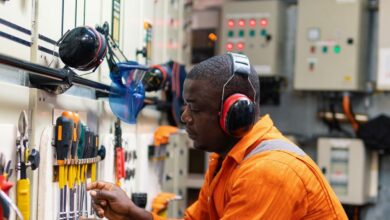What are common horse riding accidents, and how can they be prevented?

Introduction
Horse riding is an exhilarating activity that offers numerous benefits, from physical fitness to mental relaxation. However, like any sport, it comes with risks. Understanding common horse riding accidents and knowing how to prevent them is crucial for both novice and experienced riders. This article delves into the various types of accidents that can occur while riding horses and provides practical tips for prevention to ensure a safe and enjoyable experience.
Types of Common Horse Riding Accidents
Falls from the Horse
Falls are the most frequent horse riding accidents. They can occur due to a variety of reasons such as sudden movements by the horse, improper mounting or dismounting, or loss of balance by the rider. Falls can result in minor bruises to serious injuries like fractures or concussions.
Kicks from the Horse
Being kicked by a horse is another common accident. Horses can kick out of fear, irritation, or if they feel threatened. These kicks can cause significant injuries due to the strength of a horse’s legs.
Being Stepped On
Horses can unintentionally step on riders or handlers, especially in crowded or chaotic environments. This can lead to injuries ranging from minor bruising to severe fractures.
Horse Bites
Horses may bite if they feel threatened or if they are in pain. While not as common as falls or kicks, bites can still result in painful injuries and infections.
Runaways
A runaway horse can be a terrifying experience. This can happen if the horse is spooked by something in its environment. Runaways can lead to falls, collisions, and other serious accidents.
Collisions
Collisions with obstacles, other riders, or vehicles can occur, especially in areas where there are multiple riders or other distractions. These incidents can cause significant injuries to both the horse and the rider.
Getting Trapped or Pinned
Riders can get trapped under their horse or pinned against a wall or fence if the horse falls or gets spooked. These situations can be very dangerous and require immediate attention.
Prevention Strategies for Horse Riding Accidents
Proper Training and Education
One of the best ways to prevent horse riding accidents is through proper training and education. Riders should be knowledgeable about horse behavior, riding techniques, and safety protocols. Enrolling in lessons with a certified instructor can significantly reduce the risk of accidents.
Wearing Appropriate Safety Gear
Always wear appropriate safety gear, including a well-fitted helmet, boots with heels, and protective vests. Safety gear can minimize the severity of injuries in case of an accident.
Regular Horse Health Check-Ups
Regular health check-ups for the horse are essential. A healthy horse is less likely to act unpredictably. Ensure that the horse is free from pain or discomfort that could cause sudden movements or aggression.
Maintaining Proper Equipment
Regularly inspect and maintain riding equipment. Ensure that saddles, bridles, and other gear are in good condition and fit both the horse and rider properly. Faulty equipment can lead to accidents.
Riding in Safe Environments
Choose riding environments that are safe and free from potential hazards. Avoid busy roads, crowded areas, or environments with sudden loud noises. Ride in well-maintained arenas or trails.
Understanding Horse Behavior
Learn to read and understand horse behavior. Recognizing signs of distress, fear, or irritation in a horse can prevent accidents. A calm and well-trained horse is less likely to cause accidents.
Emergency Preparedness
Always be prepared for emergencies. Carry a first aid kit, and have a plan in place for dealing with accidents. Know the location of the nearest medical facility and have emergency contact numbers handy.
Proper Mounting and Dismounting Techniques
Learn and practice proper mounting and dismounting techniques. Ensure that the horse is calm and still before getting on or off. Using a mounting block can also help reduce the risk of falls.
Avoiding Risky Behavior
Avoid risky behavior such as riding too fast, attempting advanced maneuvers without proper training, or riding under the influence of alcohol or drugs. Responsible riding is key to accident prevention.
FAQs
What should I do if I fall off a horse?
If you fall off a horse, try to stay calm. Check yourself for injuries and seek medical attention if needed. If you are not injured, get back on the horse as soon as you feel comfortable to avoid developing a fear of riding.
How can I tell if my horse is about to kick?
Horses often show signs before they kick, such as pinning their ears back, swishing their tail, or shifting their weight. Learning to recognize these signs can help you avoid being in a position where you could be kicked.
What is the best way to prevent a horse from running away?
Preventing a horse from running away involves proper training and desensitization to potential frightening stimuli. Ensure that your horse is well-trained and responsive to your commands. Keeping a calm and controlled environment can also help.
How often should I check my riding equipment?
You should check your riding equipment before every ride. Regular maintenance, such as cleaning and inspecting for wear and tear, is essential to ensure that everything is in good working condition.
What are some common signs of discomfort in horses?
Common signs of discomfort in horses include restlessness, frequent pawing at the ground, unusual sweating, changes in eating or drinking habits, and signs of pain when touched. If you notice any of these signs, have your horse checked by a veterinarian.
Conclusion
Horse riding accidents can be significantly reduced with proper education, training, and precautionary measures. Understanding the types of common horse riding accidents and how to prevent them not only enhances safety but also ensures a more enjoyable riding experience. By following the tips and guidelines provided, riders can confidently enjoy the pleasures of horse riding while minimizing the risks.





